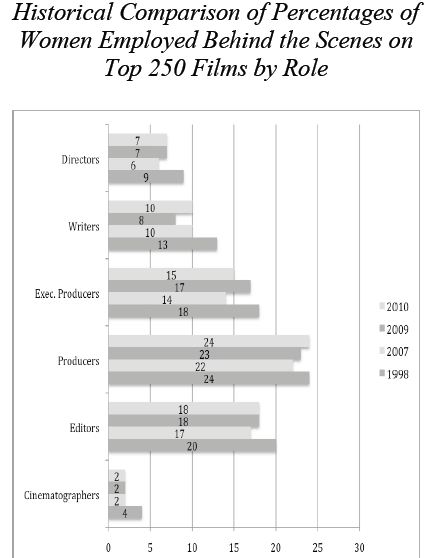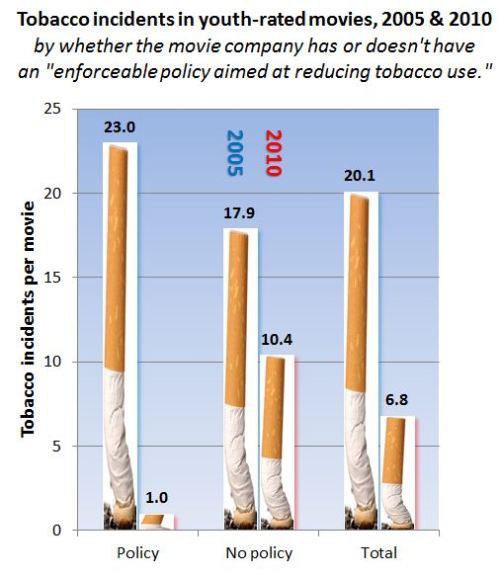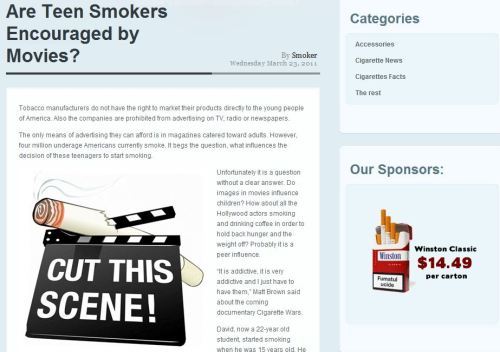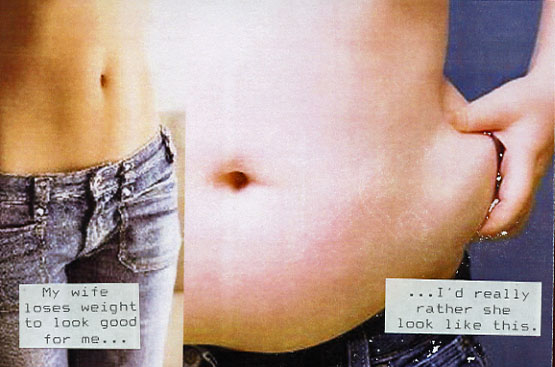Cross-posted at Family Inequality.
Buy a McDonald’s Happy Meal and get a toy: OK, I didn’t expect it to be enlightening.
But to hear Kevin Newell, the company’s executive vice president and global chief brand officer, tell it, that’s exactly what it should be:
McDonald’s is committed to playing a positive role in children’s well-being. The Smurfs Happy Meal program delivers great quality food choices, fun toys and engaging digital content that reinforces important environmental messages.
Awesome. Granted, the last time I saw a Smurf, it was about 1978, and he looked like this:
And I don’t recall being overly concerned with gendered toy representations at the time. Anyway, now I’m told by the Happy Meal box that, “Smurfs are named after their individual talents: there’s Farmer, Painter and Baker… Know your talent and find your Smurf name!”
 The girls both got male Smurf characters, which struck me as interesting, because the counter person had asked us if the Meals were for boys or girls. Then I looked at the characters on the box. Then I looked at the complete list of them on the website (see the poster version here):
The girls both got male Smurf characters, which struck me as interesting, because the counter person had asked us if the Meals were for boys or girls. Then I looked at the characters on the box. Then I looked at the complete list of them on the website (see the poster version here):
 Then I wondered what Smurfette’s “individual talent” was that got her — the only female Smurf – named “Smurfette.” And at that point, if it hadn’t been for all the fat and salt and sugar in my meal, I might have stopped enjoying it.
Then I wondered what Smurfette’s “individual talent” was that got her — the only female Smurf – named “Smurfette.” And at that point, if it hadn’t been for all the fat and salt and sugar in my meal, I might have stopped enjoying it.
In context
I’ve commented before on the gender segregation in film making. The gist of it is apparent in this graph from the Celluloid Ceiling report by the Center for the Study of Women in Television and Film. Not many women in charge:
 But isn’t it improbable that a blockbuster kids’ movie, which grossed more than $75 million in its first two weeks, could be so blatantly sexist? There are a few women in the cast of the movie version of The Smurfs, but all the Smurfs are still male except Smurfette. Next thing you know they’re going to turn the only female character in this promotion — which, remember, plays a “positive role in children’s well-being” — into an adult sex symbol played by Katy Perry. You’re kidding.
But isn’t it improbable that a blockbuster kids’ movie, which grossed more than $75 million in its first two weeks, could be so blatantly sexist? There are a few women in the cast of the movie version of The Smurfs, but all the Smurfs are still male except Smurfette. Next thing you know they’re going to turn the only female character in this promotion — which, remember, plays a “positive role in children’s well-being” — into an adult sex symbol played by Katy Perry. You’re kidding.
 Is sexist even a word anymore?
Is sexist even a word anymore?
In fact, sexism used to be a very common word. According to the Google Ngrams database of millions of terms from their vast collection of digitized books in American English, “sexism” was even more common than “bacon” during the 1990s (you can play with this yourself here):
 Unfortunately, in my opinion, sexism has retreated from the language, and kids’ stuff seems to be more shamelessly gendered than ever. I think this sad state of affairs is at least partly the result of what you see in that green line above — the backlash against feminism (and anti-racism) that made it seem more unpleasant or unwarranted to make a “big deal” out of sexism than to treat girls like this.
Unfortunately, in my opinion, sexism has retreated from the language, and kids’ stuff seems to be more shamelessly gendered than ever. I think this sad state of affairs is at least partly the result of what you see in that green line above — the backlash against feminism (and anti-racism) that made it seem more unpleasant or unwarranted to make a “big deal” out of sexism than to treat girls like this.
P.S. I haven’t seen the movie. Please tell me it has a hidden feminist message I haven’t heard about.

















